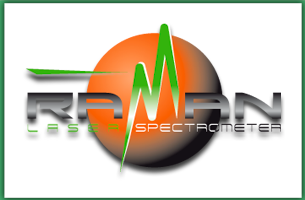Aurelio Sanz‐Arranz, Jose A. Manrique‐Martinez, Jesus Medina‐Garcia, Fernando Rull‐Perez
In this paper, our research group proposes a simple solution to a usual problem that appears in the Raman analysis of some substances, which is the presence of weak Raman signals, probably in combination with a high‐intensity luminescence background, affected by the presence of distortions in the baseline. Under this condition, the spectroscopist has to face spectra hard to edit and correct and thus hard to study. There are already some standard solutions that allow the correction of spectra from relative intensity to absolute intensity that also solves this problem and also allow quantitative analyses. But these solutions imply expensive standards or devices that could not be a worthy option when not working in absolute intensity or the Raman analyses stay at qualitative level and a quantitative study is not needed. The alternative Do It Yourself solution proposed in this paper is based on the use of amorphous zinc borate, an easy‐to‐find substance, which after a simple processing allows us to correct the baseline of Raman spectra qualitatively, offering a useful and economic reference when an absolute intensity correction is not needed. In order to evaluate the effectiveness of this procedure, some spectra were corrected using amorphous zinc borate and then compared the signal‐to‐noise ratio of some Raman signals before and after this correction. Copyright © 2017 John Wiley & Sons, Ltd.


